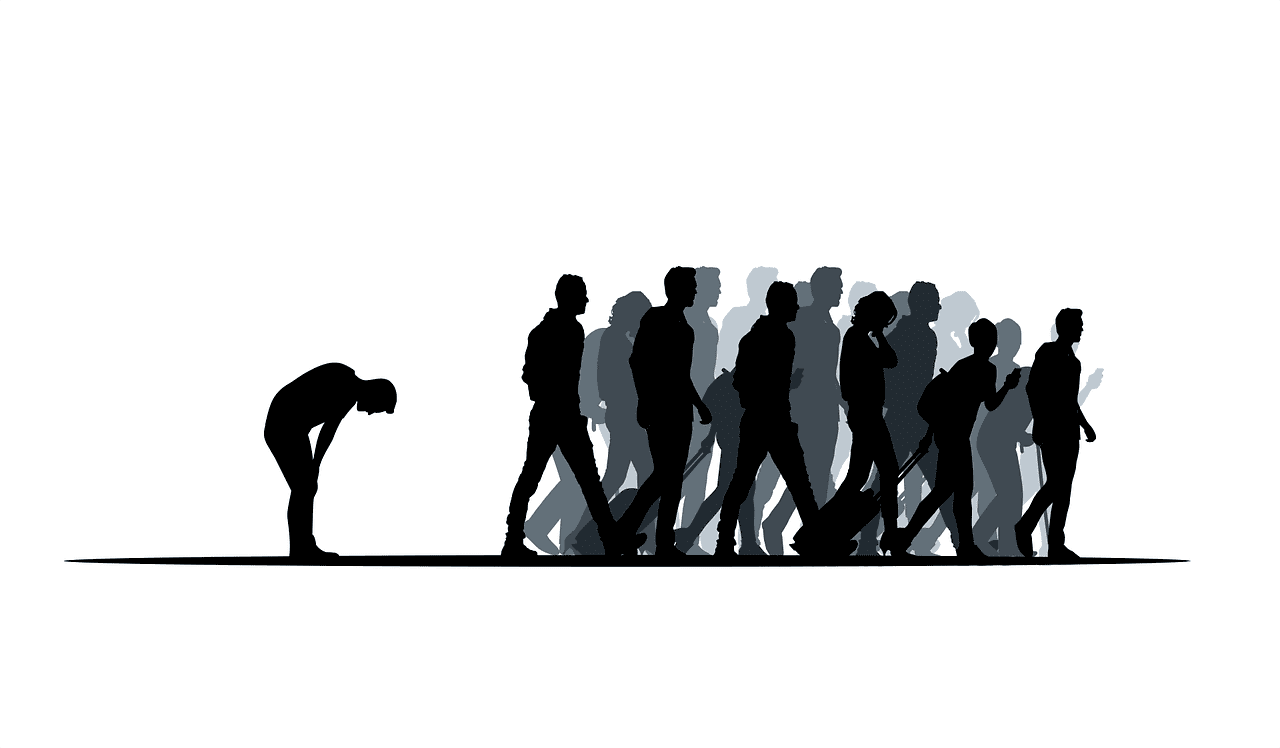Sarah is doing something her family has a hard time understanding. She is harming herself by regularly cutting on her thighs and arms. College adjustment has been difficult and she finds herself among the approximately 15% of college students who engage in self-harm at least once. For teens, the numbers (35%.) are even higher.
Talking with Sarah, it becomes apparent that cutting is her outlet for emotional pain. She doesn’t have better ways to release negative emotions and cutting connects her to her body. When she cuts, she feels better immediately despite regretting the behavior later. She doesn’t like the permanent scars that may result from this coping mechanism.
She has tried to stop, but when emotional tension builds up, she resorts to self-injury. One of the reasons for this is that the cutting impacts the endogenous opioids system in the body. Those natural opioids become elevated and provide a sense of emotional release. This is one reason people continue to cut. They get a brief sense of euphoria or pain relief.
About half of the people who cut have depression and are dealing with negative emotions. They have trouble regulating those emotions. Another group of cutters are those with impulse control problems. They may have a diagnosis of borderline personality disorder as that type of mental health disorder is known for impulse problems along with emotional instability. Still others cut to deal with strong emotions, relationship problems, or other distressing events or emotions. Emotions build, feel overwhelming and the cutting is an attempt to relieve the pain. When Sarah, cuts, she feels in control of very out of control emotions.
Some cutters feel like they don’t fit in. They may hurt, struggle with shame or frustration and don’t feel understood. When emotional pain is felt, they have an impulse to cut. It can also be a way to wake up from feeling numb for someone who experiences abuse or trauma. The problem is the relief doesn’t last and the person’s life doesn’t improve.
It is important to know that cutting is not considered a suicidal attempt or gesture. Now, sometimes a cutter may cut too deeply, and an emergency arises, but most often, cutting is a cry for help and an expression of emotional pain. However, cutting is associated with a higher risk of suicide. That said, cutting is about coping and suicide is about ending your life.
Cutting can also become compulsive. The brain makes an association with feeling relief when negative emotion presents. Then the urge to cut seems hard to resist. The original reason to cut–to feel more in control, eventually leads to feeling out of control.
Remember: Cutting is a symptom of something deeper going on with a person. It’s treatable. To know if someone is cutting, look for the following:
- Isolating, e.g., staying in bedroom
- Crying spells
- Pulling away from friends and family
- Low self-worth, feeling like a “bad”person
- Hopelessness
- Overwhelmed by negative feelings
- Relationship problems
- Unexplained injuries
- Clothing cover-up in hot weather
What to do if you cut:
- Tell someone that you are cutting. Stop hiding the behavior. Find someone who can be trusted and stop the secrecy, or nothing will improve.
- Identify what is triggering the urge to cut. Is it relationship problems, loss, trauma, a need to be perfect, sadness, hurt, etc.
- Get help. Talk therapy helps to identify the emotions that cause anxiety and distress and learn better ways to regulate those feelings. Cognitive behavioral therapy is a first line treatment.
- Medication for underlying depression and other mental health disorders may help.
- Journaling helps some people.
- Interpersonal therapies are helpful when triggers are relational.
If you cut, you can stop and find better ways to cope and tune into your body. Get the help you need today!



